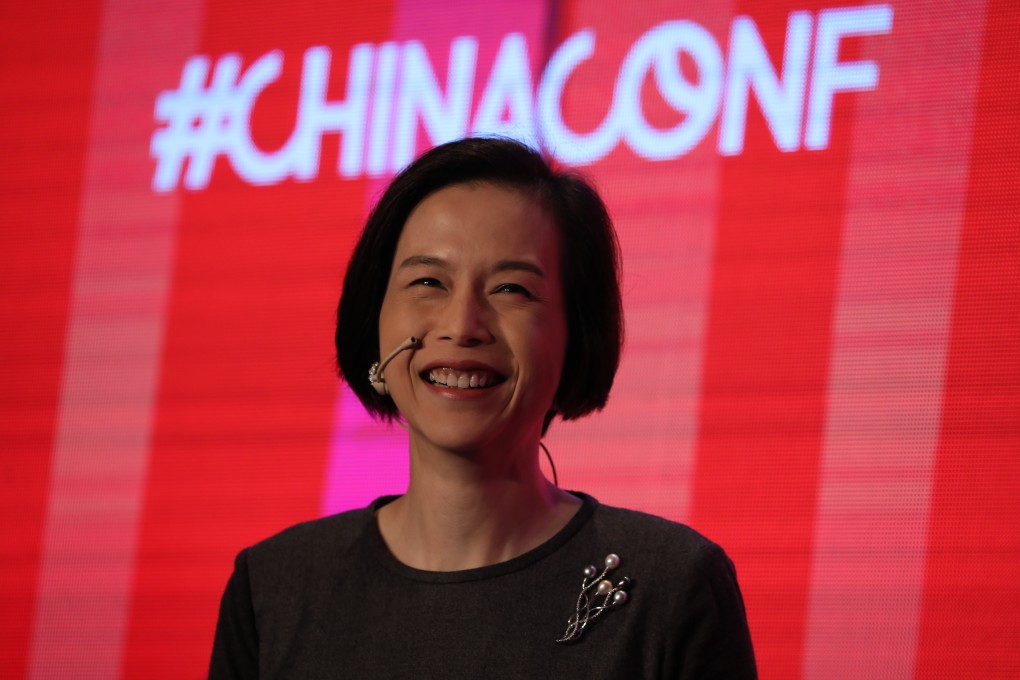Shaping the future of the Pearl River Delta
Brought to you by: KPMG

[Sponsored article]
With a combined population of over 69 million and a GDP of 1.53 trillion as of the end of 2017, the Greater Bay Area (GBA) represents a significant opportunity to shape the future of the Pearl River Delta region.
By 2022, the framework for an international first-class GBA and world-class city cluster will have been formed, leading to a more interconnected Pearl River Delta region, as highlighted by China’s recent Outline Development Plan for the Guangdong-Hong Kong-Macao Greater Bay Area (known as the ‘Plan’).
The Plan also emphasizes the importance of building on the four core cities of Hong Kong, Macao, Guangzhou and Shenzhen as crucial engines for regional development, continuing to leverage their comparative advantages.
The ability to rapidly adapt and reinvent, as well as the sheer scale of the China market, will help to foster innovation and propel economic growth in the region. The GBA’s size, pace of economic growth and enhanced connectivity, therefore, presents significant opportunities for businesses across different sectors, including infrastructure and real estate, financial services, insurance, capital markets, technology, industrial markets, education and healthcare. It is also an ideal place to test new opening-up policies before being implemented nationally.
Ongoing US-China trade frictions and the rise of nationalism and protectionism around the world, have also enhanced the importance of the GBA initiative for China’s overall future economic development. This is applicable across a number of areas.
Firstly, China is determined to do more in innovation and technology; from basic research to applied research, and pilot manufacturing to commercialisation. Aligned with these aims, Hong Kong, Shenzhen and other cities in the GBA offer complementary strengths in the research and development of new products and services. The GBA is therefore ideally placed to become a principal international centre of innovation and technology.
It is also set to become a key engine of domestic growth, especially important as China can no longer rely on exports. The Initiative starts from a strong base in this respect, as the GBA is already a sizable economy. In 2017, its GDP was over USD1.5 trillion; if it were a standalone economy it would currently rank 12th in the world, about the same size as Russia and larger than Australia.
Many people ask whether China can avoid the middle income trap, however the GBA has already exceeded the threshold of USD12,000 (at around USD22,000 GDP per capita by 2017). Some industry practitioners predict the GBA will double in less than a decade and that it is set to become the 5th largest economy in the world, larger than the UK.
Ongoing trade frictions meanwhile demonstrate the potential risk to China of being isolated in the world. To counter this, China plans to further open up its economy for international trade and investment, and further diversify its international markets. The Belt and Road Initiative will generate additional opportunities for trade and investment, while the GBA will serve as an important platform and pillar to support it.
The GBA Initiative is all about synergy. Taking advantage of economies of scale, proper division of labour and specialisation, cities clustered together can grow much faster. The closer economic integration of the GBA is equivalent to a mini version of economic globalisation. Every city will be better off with new opportunities because each city can always choose to continue with the status quo; if any city does anything different from before, it is likely to do so in order to benefit. Increased economic connectivity, whether due to improvements in the inter-city basic infrastructure or to elimination of regulatory barriers, makes new economic activities possible, such as trade and direct investment, thus adding new value and increasing GDP and employment opportunities.
There are, however, challenges to overcome in order to realise these potential benefits and opportunities. Cities need to embrace the mutually beneficial commercial potential of greater collaboration within the GBA. Close cooperation between local governments and regulators will be key in helping to facilitate the seamless movement of goods, capital and people, as well as encouraging innovation and entrepreneurship. Greater regulatory harmonisation and streamlining customs and immigration procedures are needed, in order to facilitate the movement of people across the region. We also need to devise ways of ensuring healthcare coverage can be made more widely available in all areas and that educational achievements and qualifications are adequately recognised.
Taking the time to think through appropriate policies for all these issues will be key.
Ayesha Lau is a managing partner in Hong Kong for KPMG China and was a speaker on the ‘Connecting the dots in the Greater Bay Area’ panel at SCMP’s China Conference on February 21.
